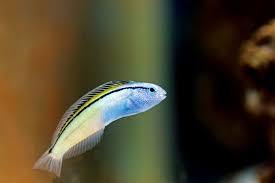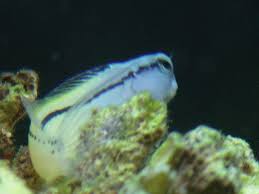
Caring for your cat’s claws is an integral part of responsible pet ownership, and selecting the right method is crucial for maintaining both the cat’s health and the bond between you and your feline friend. In this guide, we’ll explore various cat claw care methods, offering insights on how to choose techniques that prioritize your cat’s well-being.
**1. Understanding Your Cat’s Needs:**
*Start by observing your cat’s behavior and preferences. Some cats are more tolerant of having their paws handled, while others may be sensitive. Understanding your cat’s individual needs and comfort level is the first step in selecting an appropriate claw care method.*
**2. Traditional Claw Clipping:**
*Clipping your cat’s claws using a specialized cat nail clipper is a common method. When done correctly, it helps prevent ingrown nails and reduces the risk of scratches. Ensure you have the right tools and learn the proper technique from a veterinarian or groomer to minimize the potential for injury.*
**3. Positive Reinforcement Training:**
*Positive reinforcement training involves rewarding your cat for allowing paw handling and claw care. Use treats, praise, or playtime to create positive associations with the process. This method can be effective in reducing stress and fostering a cooperative attitude.*
**4. Scratch-Friendly Surfaces:**
*Encourage natural scratching behaviors by providing scratch-friendly surfaces, such as scratching posts or boards. These surfaces help cats naturally wear down their claws and can be particularly beneficial for those who may be averse to direct paw handling.*
**5. Nail Caps:**
*Nail caps, also known as soft paws, are a non-invasive alternative to traditional claw clipping. These caps are applied to the cat’s claws, preventing damage to furniture and minimizing the risk of accidental scratches. Nail caps are safe when applied correctly and replaced as needed.*
**6. Professional Grooming Services:**
*If you are unsure about handling claw care on your own or if your cat is particularly resistant, consider seeking professional grooming services. Veterinarians or experienced groomers have the expertise to perform the procedure safely and efficiently, ensuring minimal stress for your cat.*
**7. Regular Checking and Monitoring:**
*Regardless of the method chosen, regularly check your cat’s claws for signs of overgrowth, splitting, or other issues. Early detection allows for prompt intervention and prevents potential complications.*
**8. Patience and Gradual Introduction:**
*Introduce claw care gradually, especially if your cat is not accustomed to the process. Be patient and use gentle handling to avoid causing stress. Create a calm environment and respect your cat’s pace to build trust.*
**Conclusion: Tailoring Claw Care to Your Cat’s Comfort**
Choosing the right cat claw care method involves considering your cat’s unique needs and preferences. Whether you opt for traditional clipping, positive reinforcement training, nail caps, or a combination of methods, the goal is to prioritize your cat’s health and well-being while fostering a positive and trusting relationship. Experiment with different approaches and observe what works best for your feline companion, ensuring that claw care becomes a stress-free and enjoyable routine for both of you.










